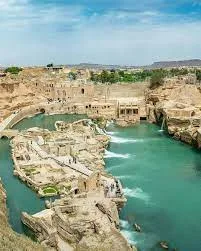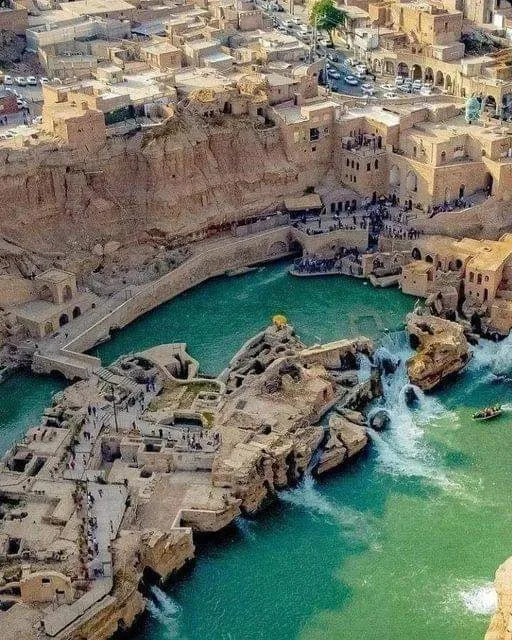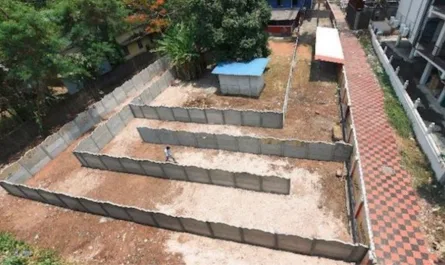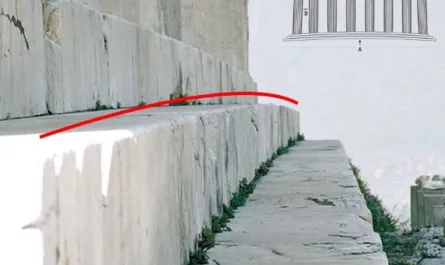Shushtar Historical Hydraulic System: A Marvel of Ancient Engineering
Nestled in Iran’s Khuzestan Province, the Shushtar Historical Hydraulic System stands as a testament to ancient ingenuity and engineering prowess. Designated a UNESCO World Heritage Site in 2009, this intricate network of 13 dams, bridges, canals, and water structures, built in the 3rd century CE, transformed the Karun River into a lifeline for agriculture, industry, and daily life. Its sophisticated design not only showcases the advanced technical skills of its creators but also highlights a harmonious balance between human needs and environmental sustainability.

A Unified Hydraulic Masterpiece
The Shushtar system is a remarkable example of a fully integrated hydraulic network. Constructed under the Sassanid Empire, likely during the reign of King Shapur I, it was designed to manage the powerful flow of the Karun River. The system includes:
Dams: Strategically placed to control water flow and redirect it into canals.
Canals: Diverted water to irrigate vast agricultural fields, ensuring food security for the region.
Bridges: Facilitated transportation while doubling as water management structures.
Watermills: Harnessed the river’s energy to grind grain, powering local industry.
Tunnels and Basins: Directed water through underground channels and reservoirs to regulate supply and prevent flooding.

This interconnected system operated as a single, cohesive unit, a feat that required precise planning and an intimate understanding of hydraulics. The Gargar Canal, a key component, was artificially diverted from the Karun River to create a reliable water source for Shushtar’s fields and mills, demonstrating engineering far ahead of its time.
Engineering and Environmental Harmony
Built in the 3rd century CE, the Shushtar system reflects the Sassanid Empire’s mastery of water management. By redirecting the Karun River, the system irrigated thousands of hectares of arid land, transforming Shushtar into a thriving agricultural hub. The watermills, some of which remain visible today, powered grain production, supporting a growing population. The system also included mechanisms to manage seasonal floods, protecting the city and its fields from destruction.
What makes Shushtar particularly remarkable is its sustainable design. The system worked with the natural landscape, using gravity and the river’s flow to minimize energy waste. Water was channeled through tunnels and cascades, creating not only functional infrastructure but also an aesthetically striking landscape that still captivates visitors today. This balance of utility and environmental consideration underscores the ingenuity of its creators.

A Lasting Legacy
The Shushtar Hydraulic System remained in use for centuries, with some components functioning into the modern era. Its durability and effectiveness highlight the sophistication of ancient Persian engineering, rivaling the aqueducts of Rome or the irrigation systems of Mesopotamia. Today, the site is a popular destination for historians, engineers, and tourists, who marvel at its well-preserved structures and the ingenuity behind them.
As a UNESCO World Heritage Site, Shushtar serves as a reminder of humanity’s ability to innovate in harmony with nature. Its cascades, canals, and mills continue to inspire awe, offering a glimpse into a time when ancient engineers turned a river into a cornerstone of civilization.
If you’d like, I can search for more details about the Shushtar system, such as specific archaeological findings or its modern preservation status. Alternatively, I could create a chart comparing Shushtar’s hydraulic features to other ancient water systems, if data is available. Let me know how you’d like to dive deeper!





